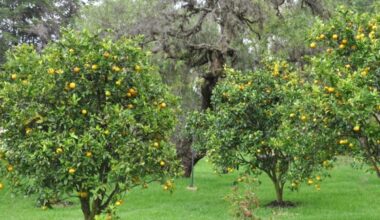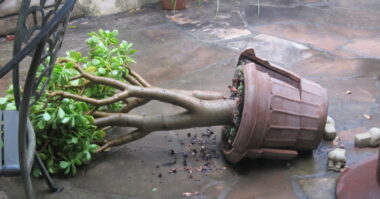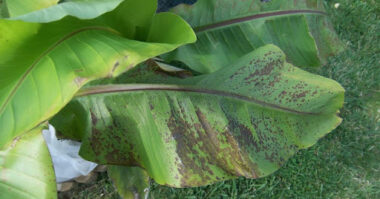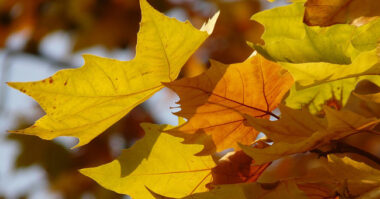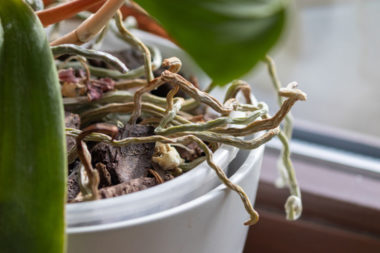Leaf drop in pot-grown citrus is rarely related to disease and is often reversible. The main causes of leaf drop are often due to poor handling or sudden changes in growing conditions.
If you have just put your plant under cover for the winter, or put it out in the spring, or if it experiences a rapid change in temperature or light, it is possible that its leaves will fall off.
To avoid this phenomenon, acclimatize your shrub gradually. Moreover, if you put it under a shelter or a veranda to protect it from the cold, make sure that the conditions are suitable: good luminosity, temperature around 50°F, etc.
Leaves can also fall off due to water stress, i.e. excessive or insufficient watering. To remedy this, remember to water your orange tree regularly in summer, and reduce watering in winter. Wait until the substrate is dry before watering again, and avoid letting the water stagnate in the saucer, if it is grown in a pot.
Contents
How to treat an orange tree with falling leaves?
The problem is not the same depending on whether the orange tree is in the ground or in a pot. Both renew their foliage. When young leaves appear, old leaves fall. But this fall, when it is massive, can indicate that the tree is too hot (during winter, orange trees must be placed almost dry in a cool or cold, bright room) or that it is overwatered. Or not enough.
Ideally, potted citrus trees should be well drained, at least 1/5 of the height of the container, with pebbles, shards. The rest is made up of a rich mixture of garden soil taken from the surface, even (and especially!) a little clay-limestone, and by half of well humified soil. In pure potting soil, citrus trees die of thirst and hunger. Citrus fertilizer is not enough, it is not even recommended for this problem.
How to eliminate the moth from your orange tree?
In France, this is not the first attack that the orange tree and citrus in general are likely to encounter. In Spain, however, it is much more common. Like other moths, it is a butterfly whose caterpillars, as soon as they leave the egg, start looking for food. To do this, they penetrate the plant, often at the level of the flower buds or the youngest shoots which they devour from the inside.
In pot as in full ground, it is necessary :
- Scrub, hoe often, aerate.
- Measure the watering.
- Observe the flowers closely and remove those that appear damaged.
- Spray Bacillus thuringiensis every 3 weeks for 3 months. This bacterium – an organic solution – should not be used excessively.
It is a total weapon against caterpillars, all caterpillars, even those of the vast majority of butterflies, non-harmful, and often in the process of extinction. It is better to use more ecological solutions.
How to treat yellowing orange tree leaves?
Yellowing leaves indicate that a lemon tree is deficient. It is an iron chlorosis due to an excess of limestone in the water and/or in the soil.
- Apply a complete citrus fertilizer rich in magnesia to promote fruiting, limit the fall of flowers and small fruits and give a beautiful green foliage.
- Do not let the root ball dry out.
- Never water with hard water, prefer rain water.
How to protect orange trees during winter ?
If they are in the ground, you can protect them by wrapping them under several layers of winter cover, and by laying a thick layer of mulch around their base, especially during the first years. If you live in a region with a very mild climate, they will be able to do without it afterwards, as they become more resistant with time.
If they are potted, the best solution is to put them in an unheated greenhouse or a veranda. They appreciate a certain amount of coolness, so avoid atmospheres that are too hot and dry, such as inside a house.
My orange tree froze during the winter, what should I do?
Even if your citrus tree suffered from frost, it is possible that it will recover. You should not intervene immediately, but rather wait until the temperatures are milder (March-April), then carry out a severe pruning, removing all dead branches.
If the whole shrub has not been reached, there is a chance that it will start again in spring, provided that you water extremely sparingly, at the rate of one watering every 15 days, while the new foliage grows back.

